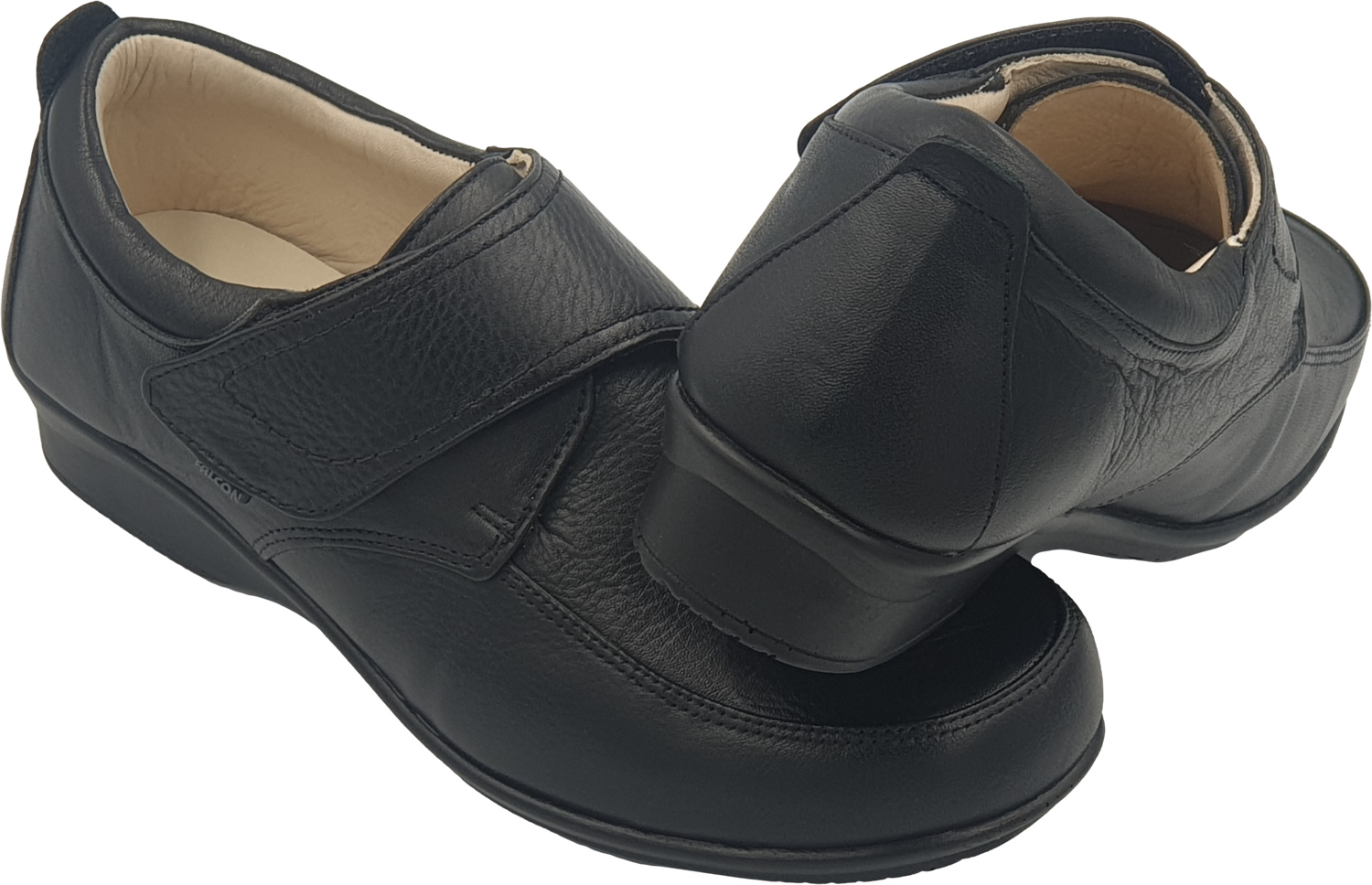As diabetes continues to impact millions of individuals in the U.S., the importance of proper footwear cannot be overstated—especially for women. Diabetic shoes are specifically designed to alleviate pressure points, reduce the risk of foot complications, and provide comfort throughout the day. Did you know that many people are eligible for free diabetic shoes? This comprehensive guide will delve into everything you need to know about free diabetic shoes for women, their benefits, tips for choosing the right pair, and a detailed comparison of leading brands.
Understanding Diabetic Shoes
What Are Diabetic Shoes?
Diabetic shoes are specialized footwear designed to protect the feet of individuals with diabetes. These shoes are typically characterized by features such as extra depth, cushioning, and a wider toe box. This design caters to individuals who may suffer from neuropathy, foot deformities, or other related complications.
The Importance of Proper Footwear for Diabetics
Wearing the right shoes can help prevent serious foot problems that can lead to infections, ulcers, or even amputations. Proper footwear can significantly reduce the risk of blisters, calluses, and overall discomfort. According to the American Podiatric Medical Association, proper foot health is crucial for managing diabetes effectively.
Eligibility for Free Diabetic Shoes
Understanding Coverage Options
In the U.S., Medicare and some private insurance plans cover the cost of diabetic shoes for eligible patients. To qualify, patients generally need to be diagnosed with diabetes and have foot complications such as neuropathy, poor circulation, or a history of foot ulcers.
How to Apply for Free Diabetic Shoes
- Consult Your Doctor: Schedule an appointment with your healthcare provider to assess your need for diabetic shoes.
- Get a Prescription: If deemed necessary, your doctor will write you a prescription for diabetic shoes.
- Find a Certified Supplier: Look for a Medicare-certified supplier who can provide you with the shoes and necessary fitting.
- Complete the Paperwork: Ensure all insurance paperwork is submitted timely to avoid delays.

Top Brands Offering Free Diabetic Shoes for Women
Recommended Brands
Several reputable brands specialize in diabetic footwear. Below is a comparison table of popular options available in the market:
| Brand | Model | Key Features | Pros | Cons |
|---|---|---|---|---|
| Dr. Comfort | Lady Sneaker | Extra depth, moisture-wicking | Stylish design, great support | Higher price point |
| Orthofeet | Verona | Adjustable straps, cushioned insole | Customizable fit, pain relief | Limited sizing options |
| New Balance | 990v5 | Ample cushioning, stability | Durable, versatile | Heavier than other options |
| Propet | TravelWalker | Lightweight, breathable | Affordable, great for travel | Less arch support |

Real-World Experiences with Diabetic Shoes
Case Study: Emily’s Journey
Emily, a 52-year-old diabetic patient from Ohio, struggled with foot pain due to her condition. After consulting with her doctor, she learned about the benefits of diabetic shoes. Staff at a local podiatrist’s office helped her select the Dr. Comfort Lady Sneaker. Emily shared her experience:
“I never realized how much my shoes impacted my daily life. After switching to my diabetic shoes, I felt like I was walking on clouds. My foot pain has decreased significantly, and I can enjoy my daily walks again!”
Tips for Choosing the Right Diabetic Shoes
- Consider Your Foot Type: Understand whether you have wide feet, high arches, or any other specific needs.
- Prioritize Comfort: Always prioritize comfort and fit over style when selecting footwear.
- Invest in Quality: Diabetic shoes can be more expensive, but investing in a quality pair pays off in the long run.
- Seek Professional Fitting: Whenever possible, get your shoes fitted professionally to ensure the best fit.
- Read Reviews: Look for feedback from other diabetic shoe users to gauge a model’s performance.

Pros and Cons of Diabetic Shoes
Advantages
- Reduces risk of injuries and ulcers
- Typically lightweight and comfortable
- Improves mobility and overall well-being
- Often covered by insurance
Disadvantages
- Higher upfront costs
- Limited fashion options compared to regular shoes
- Some may require a break-in period

How to Care for Your Diabetic Shoes
Maintenance Tips
To extend the lifespan of your diabetic footwear, proper maintenance is crucial. Here are some tips:
- Clean your shoes regularly with appropriate materials.
- Store them in a cool, dry place to avoid moisture damage.
- Inspect them frequently for signs of wear and tear.
Frequently Asked Questions
1. What qualifies as a diabetic shoe?
A diabetic shoe is specifically designed to provide comfort and protection for those with diabetes and often features a wider toe box, extra depth, and cushioning.

2. Are diabetic shoes covered by insurance?
Yes, Medicare and many private insurance plans cover the cost of diabetic shoes for eligible patients, provided they meet certain requirements.
3. Can I find fashionable diabetic shoes?
While traditionally diabetic shoes may not emphasize style, many brands now offer fashionable options that cater to aesthetic preferences without compromising on comfort.

4. How often should I replace my diabetic shoes?
It’s essential to replace your diabetic shoes every 6-12 months or sooner if you notice wear and tear, as they can lose their protective features over time.
5. Do diabetic shoes help with pain relief?
Yes, diabetic shoes are designed to alleviate discomfort and provide support, potentially reducing pain associated with diabetic foot conditions.

6. Should I consult a specialist before buying diabetic shoes?
Yes, consulting a healthcare provider or a podiatrist is critical to ensure that you select the right footwear for your specific foot health needs.
7. Is it possible to get custom-made diabetic shoes?
Yes, many suppliers offer custom-made diabetic shoes tailored to the individual’s specific foot shape and needs.
8. Are there any local programs for free diabetic shoes?
Many nonprofit organizations and local health departments may offer programs or funding to assist individuals in obtaining diabetic shoes without charge.
9. Can I wear diabetic shoes for activities like hiking?
Some diabetic shoes are designed for varied activities, but it’s essential to choose a model suited to the intended use for optimal safety and comfort.
10. What materials are diabetic shoes made of?
Diabetic shoes are typically made with breathable materials and cushioned soles to enhance comfort while providing support.
11. How do I know if I need diabetic shoes?
If you have diabetes and experience foot pain, numbness, or have had foot ulcers, consult a healthcare professional to evaluate whether diabetic shoes may benefit you.
Conclusion
Choosing the right footwear is integral for anyone managing diabetes, particularly women who may have specific style and comfort needs. Understanding the benefits, eligibility for coverage, and the importance of proper care will empower individuals to take charge of their foot health.
As we continue to see advancements in diabetic footwear, staying informed on options available, including free diabetic shoes, can significantly enhance your quality of life. If you are ready to start your journey towards healthier feet, consult your healthcare provider today!